As I worked on my posts about Dave and John Seabury, I was drawn into the story of their Berkeley childhood and family.
Their father Paul was a Professor of Political Science at Cal. He started his political journey as a liberal Democrat, a supporter of Adlai Stevenson and a member of the Americans for Democratic Action, an organization that was founded by Eleanor Roosevelt, John Kenneth Galbraith, Walter Reuther, Arthur Schlesinger, and Reinhold Niebuhr shortly after Franklin Roosevelt died. Its goal was to keep the New Deal’s vision and values alive, for an America that works fairly for all.
He was radicalized to the right during – and perhaps because of – the unrest in Berkeley in the late 1960s and early 1970s, and by what he considered to be a lack of scholarship by New Left historians. He thought that their work was ideologically driven and mean in spirit, polemics disguised as scholarship.
Of the Free Speech Movement, in which he thought “a few extremists can make the large majority of moderates do its bidding,” he said:
The use of illegal tactics was part of a conscious effort by extremists to undermine faith in the democratic system.
It terribly damaged the university by politicizing it.
Our worst fears were well borne out.
He became a spokesman for the neo-conservative movement. Seabury attracted attention in 1972 by opposing a federal government effort to add more women and minorities to the Berkeley faculty. He called it a threat to academic freedom and to the independence of universities.
He served on President Reagan’s Foreign Intelligence Advisory Board. In the end, he was true to his New England family roots – the Seabury family were Tories who fought for George III during the Revolution.
He is known to have spoken poorly of the police during the Berkeley unrest only once – when the helicopter spraying tear gas on the campus on May 20, 1969, flew by his open office window, filling the office with CS gas, which produces a burning sensation and tearing of the eyes to the extent that the subject cannot keep their eyes open, and a burning irritation of the nose, mouth and throat mucous membranes causing profuse coughing, mucous nasal discharge, disorientation, and difficulty breathing, partially incapacitating the subject.
Neoconservative polices notwithstanding, there was a very quirky side to Seabury the Elder.
He dabbled in science fiction. The April 1963 issue of The Magazine of Fantasy and Science Fiction included a story he wrote about time-travel, speculating on how time-travel might have let us nip V. Lenin and the Russian Revolution at the bud.
He was devoted to the game of croquet. When he arrived in Berkeley in the early 1950s, he learned that the game was unknown here. He brought out a little book to help novices.
Paul had a gift for drawing and a wit, shown in this cartoon.
He was a Christmas caroler. In an obituary by Patrick L. Hatcher, William Muir, Kenneth N. Waltz, and Aaron Wildavsky, we learn how Seabury tackled caroling in the hills of Berkeley: “At Christmas he wanted to go caroling, but the Bay Area hills had never been alive with the sound of music nor were they easy to climb and descend on foot. Undaunted, he and other faculty rented a flatbed, loaded Seabury’s pump organ on it, and rolled through the hills singing at the top of their professorial lungs, Seabury at the organ.”
When he couldn’t get the City’s attention focused on the deteriorating condition of streets in the hills, he rented an airplane to fly over the city with a banner deploring the potholes and buckles.
In the obituary mentioned above, we learn of Seabury’s love of caps: “Seabury was famous for his collection of caps, sporting a Chinese People’s Liberation army cap one day followed by headgear styled on Sherlock Holmes the next. Seabury noted that his post-1964 students usually wore a form of protest costume to campus; therefore he joined them via his international caps.”
He loved weird songs. “They’re Coming to Take Me Away” by Napoleon XIV, “Short People” by Randy Newman, and “The Eggplant That Ate Chicago” by Dr. West’s Medicine Show and Junk Band were exactly the type of songs he loved. Mad magazine was always around. “He had a really sick sense of humor” says Dave.
Which is all to say – a rightwing father who modeled quirky behavior. Dave: “He was a seriously twisted individual. He is why my brother and I are who we are.”
Their mother was named Marie-Anne Phelps, “Mappie” to friend and family.
She was highly creative. John sent me this photo, a planned shot. Photography was one outlet for her creativity. John tells this story of photographing geese:
In summer of 1971 I went with my parents to Martha’s Vineyard for a month. Dave stayed home because had turned 18 and didn’t HAVE to go, preferring to roam free in Berkeley unsupervised.
We stayed in an old farm house on the edge of a working corn farm. I
was bored stiff most of the time. Mappie had a great time with her camera.
I went out with her a few times to shoot the geese who were hanging out in
the corn fields. She got me to run at them to get action shots of the big
birds.
We noticed that Farmer Brown the owner had mowed down a whole field
of ripe corn and left it there. Talking to a neighbor across the road,
Mappie found out that Farmer Brown mowed down the corn so that the geese would get fat and complacent and then he would get hunters to pay him for the privilege of shooting them. So every morning after that, we would go out and scare them away.
Mappie was musical. The flute was her instrument. She played with local orchestras and bands. I asked Dave if he had ever played Jethro Tull with Ian Anderson’s rock ‘n roll flute for her. Nope. But the boys did play the Beatles to her and she didn’t like them until “Eleanor Rigby.” She changed her mind – the Beatles and something going on.
She encouraged the boys and their art, realizing that the school thing wasn’t going to work for them. John tells this story about his creativity and her support:
She was always supportive of my art. Sometime in my teens my friend Paul
Duffy and I got “creative” with some old plastic toy soldiers. We cut the
arms and legs off, then used matches to melt the ends of the severed limbs
and reattach them in various new poses. The melted grafts were then
painted red to look bloody. On New Year’s Eve, Paul and I passed
the time waiting for midnight grafting together all the leftover parts. W e
each did one big piece. Paul built his on top of a plastic horse, just a
big wad of soldier parts. It wouldn’t stand up. Mine was more stable, a
tall cone shape like a Christmas tree. On top was an intact Japanese
soldier waving the rising sun flag. Mappie liked it so much she used it as
a centerpiece for a dinner my dad hosted for a bunch of other professors.
I think she did it to annoy my dad. This was during the Vietnam war and
dad and mom were not seeing eye to eye, as my dad had converted to
Republican in 1968.
She also was a capable editor. She edited most of Paul’s books and the books of a number of his faculty friends – uncredited.
Dave thinks that her creativity was stifled so that she could be a good faculty wife. He could easily see her as a Beat in another lifetime.
The family lived on Alvarado Road, above the Claremont. They lived just on the Oakland side of the border. His father was so disgusted with what was going on in Berkeley that he harassed the City of Oakland until they put up a sign so people would know that he didn’t live in Berkeley. It was a prelude to Psycotic tough, with a type in the sign – it said OAKlAND, no upper case L.
Things started out pretty normal, conventional, almost suburban.
Young Dave rocks a very conventional vibe in these two photos.
Station wagon! A cultural stigmata of of the era. In the lower photo they are visiting cousin Amy in Royal Oak, Michigan.
Well-dressed young gentlemen with their father’s collection of political buttons on display at the Fist Savings bank.
The school photos of the boys – no hints of trouble.
Or this candid shot of Dave the young photographer –
There is hint of wise guy there – but trouble? I don’t see it.
But, then, HERE IT COMES.
Dave and friend. Obligatory middle finger!
Oh Oh! John finds rock n’ roll. TROUBLE!
Dave too! Trouble!
Trouble!
In high school, Dave walked into Shakespeare Books on a Tuesday – the day for new concert flyers – and saw a large stack of flyers for an Otis Redding Concert. He took them all.
At home, he papered an entire wall of a closet which became his room with them, and then overlaid them with day-glo spray paint. He converted his closet/room into what he called a Hippie Shack. It was devoted to hippie/rock art and music and black lights) and – the culture of the day.
In the color shot you can see the Otis Redding flyers.
Dave’s first electric bass in the Hippie Shack!
Trouble!
Here Marie-Anne wrote her sister from her heart, wildly worrying about the boys while trying to “play it cool.” Oh mothers and fathers of the sixties – what we put you through… How could you know that your sons were going to be fine, that they would lead lives crammed with creativity and music and art and joy? They’re fine. Don’t worry. You let them trust their crazy ideas. They did. It worked out. A lesson for us about what we should do with our crazy ideas.
My friend browsed through the draft post. I asked what he thought and he disappeared towards his quarters for a minute. He came back with this:
“Their cousin Amy lived in Royal Oak. It’s where the Detroit Zoo is. We went there a ton when we were kids. Earl had a hard time in the cat house at the zoo. Didn’t like the urine smell or the roaring. I didn’t dig the zoo, the bars, caged, captivity. But I loved the Wigwam on the way. It had a unique air-conditioned cafeteria serving excellent food in an unusual and pleasing atmosphere. The servers were dressed like Mr. Hedge thought American Indians dressed.”
He continued. “There were huge concrete Indians out front, made out of cement. They were wrapped in blankets, arms folded, typical pose. The blankets were all painted with what somebody thought were Indian patterns.”
“Everything inside was made with hewn logs. The rails in the cafeteria line were saplings, smooth and shiny from decades of hands. We always had the fillet of sole and jello cubes for dessert. It was awe-inspiring.”
He had a photo of his mother with his brother Earl taken at Hedge’s.
I was afraid that we were headed to a discussion about Chief Noc-A-Homa and Chief Wahoo. I steered the conversation back to the Seabury family and this post – what did he think?
P.S. I sometimes borrow elements of my friend’s story from postings online. For this one, I have to acknowledge Mel Birnkrant’s site “Recollections of a Toy Collector” and his piece of Hedge’s. It is brilliant.



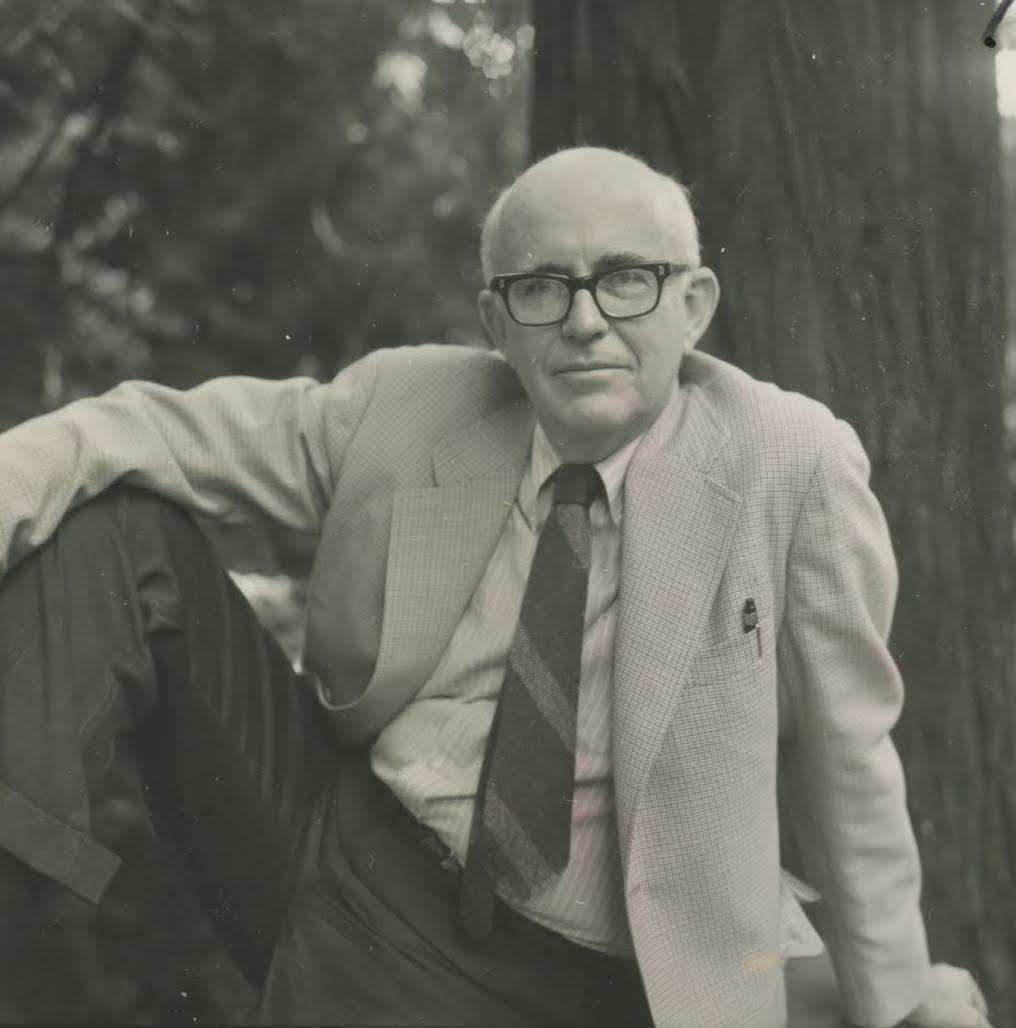
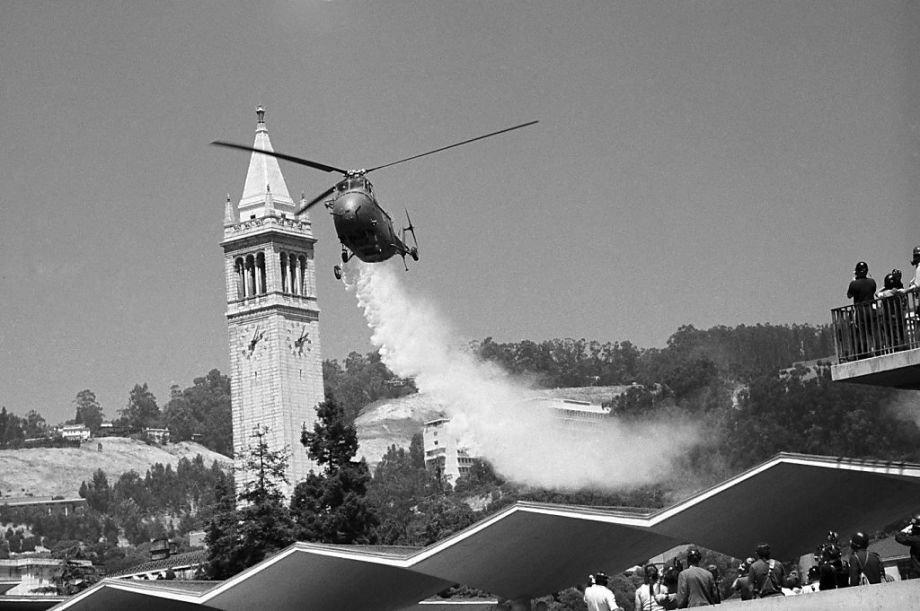


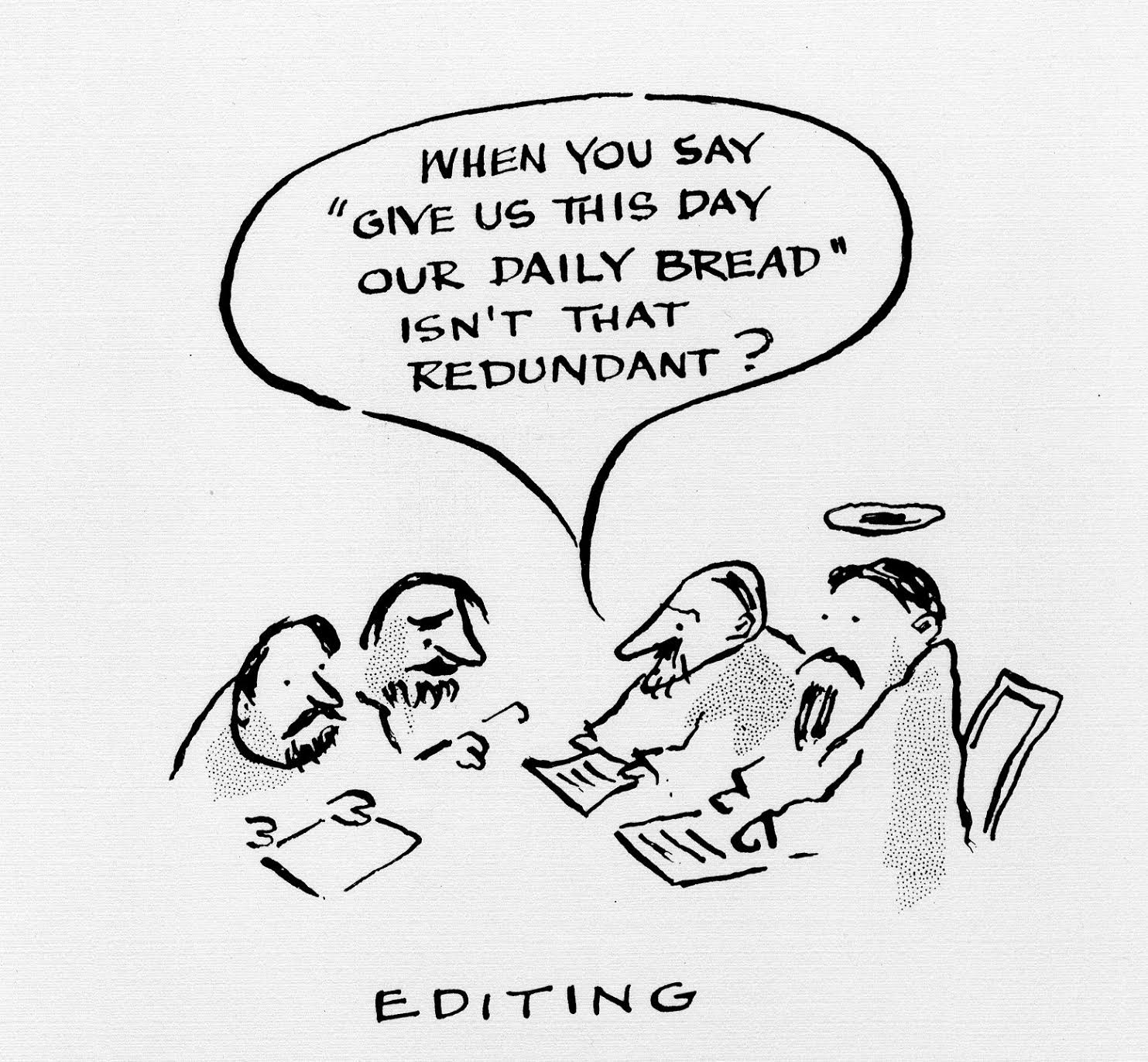





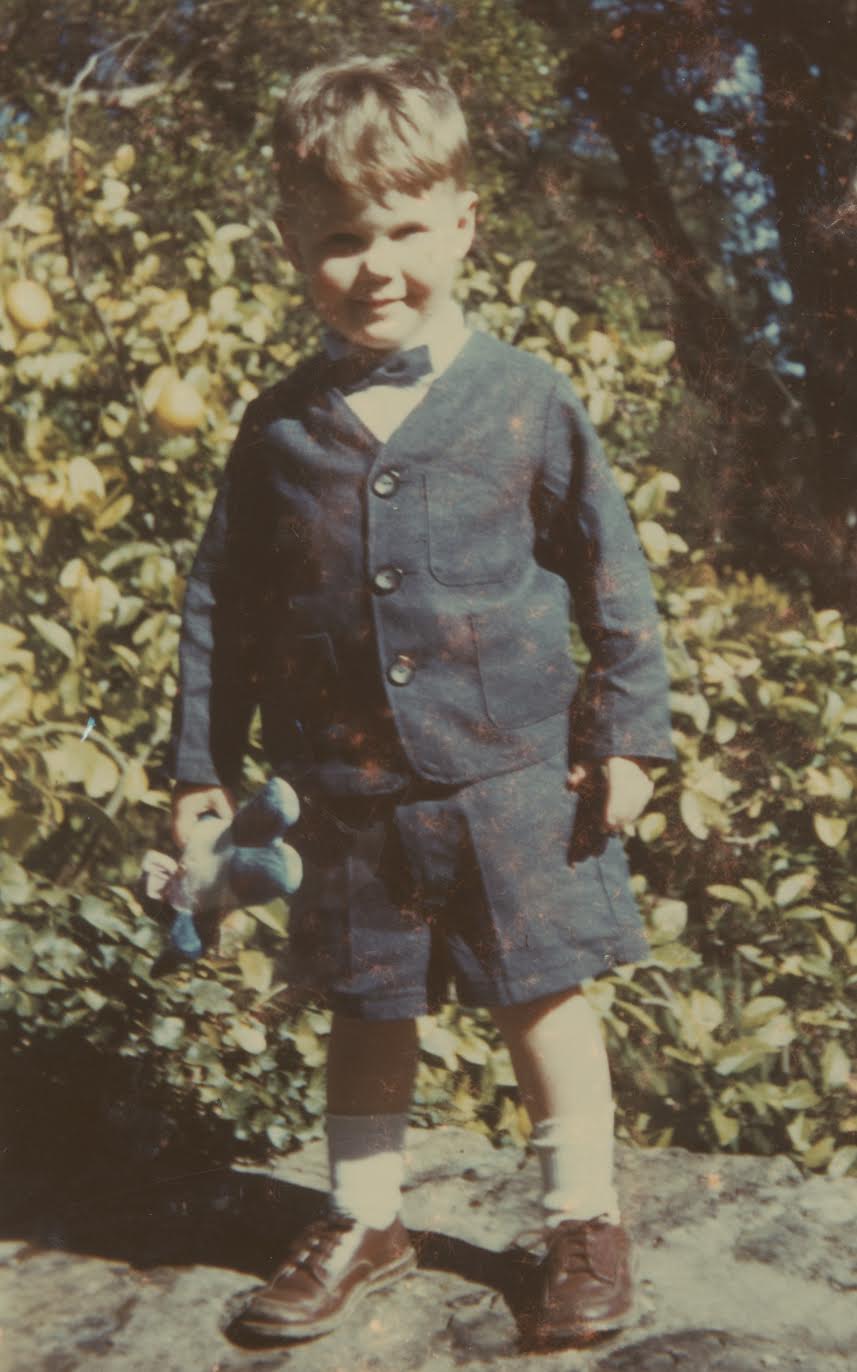

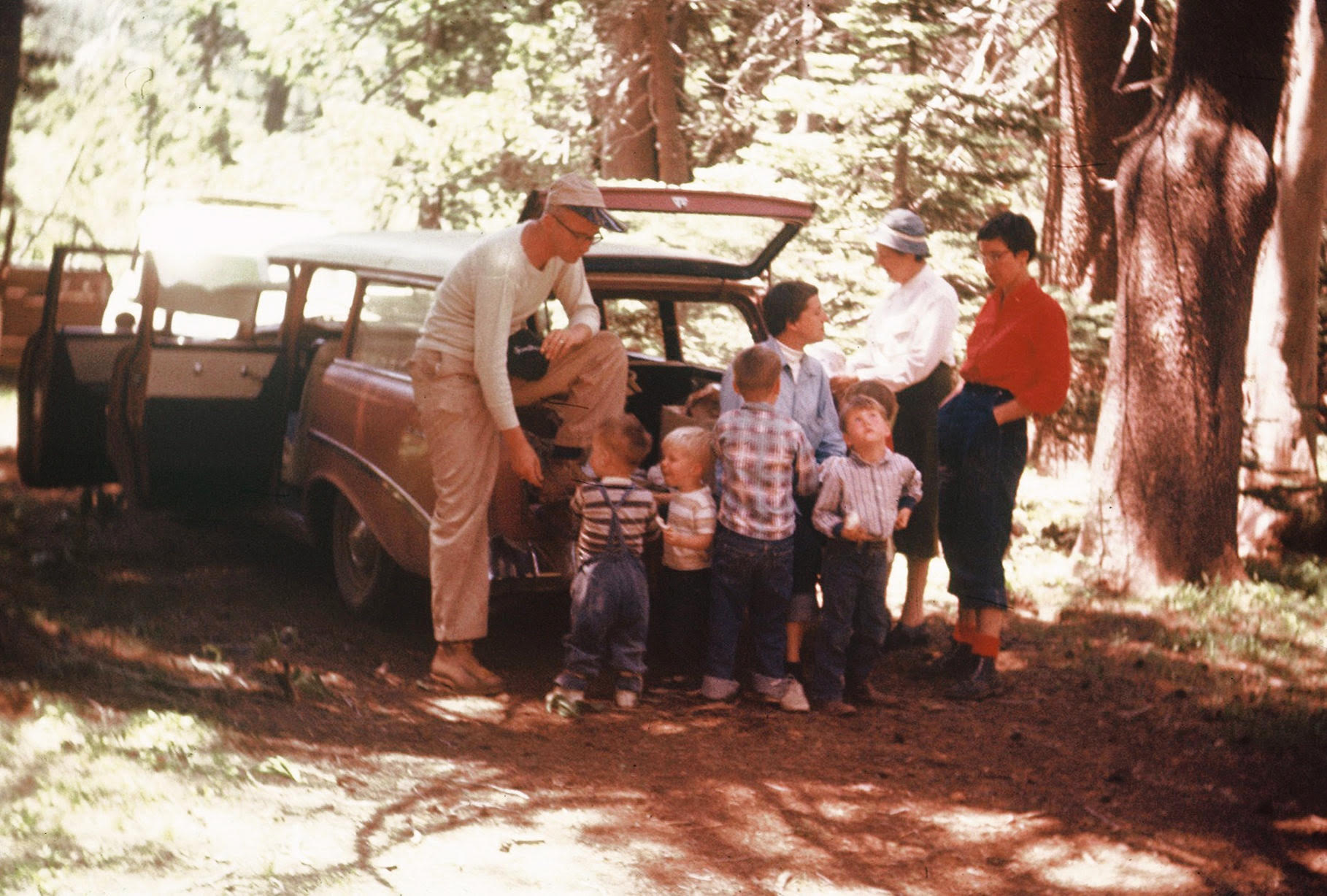



















Hi! I am the sister of David & John’s cousin Amy. In your post you remark upon our Uncle Paul’s sense of humor. When I was about 6 and my brother Elliott was about 5, Paul sent us to the attic of our grandparents’ house on a fictitious errand. There we found a cast-iron bed surrounded by flickering candles, and flat on its back on the lace coverlet was a full-size dummy dressed up in a white linen suit and wearing a Frankenstein’s Monster mask. Terrified, we fled screaming. Elliott had nightmares for weeks.
Fast forward 35 years to Amy’s wedding in Pasadena. Both families are assembled around the pool at a motel somewhere on Colorado Blvd. It’s a day or so after the wedding, and we’re just relaxing after dinner. Hours earlier, Elliott & I had cooked up a plan. With help from my then 19 year-old daughter, Lisa, we put it into action: Lisa swam to the edge of the pool where Paul was standing. She gazed up at him and plaintively asked a question about the snorkel in her hand. And as he knelt to help her, Elliott, Amy and I shoved him unceremoniously into the water. Fully dressed, wearing his best sport coat, Bermuda shorts, knee socks, wingtips and a wicked grin, he slogged over to us. “You know what this is for, don’t you”?, queried Elliott. “My mother’s attic?”, came the reply. “YES’!!!”, was our
gleeful answer. Alas, Paul never held my sister nor myself at all responsible. He laid it all on Elliott. From that day forward, Paul sent him postcards of swimming pools from whatever locale his travels took him.
Hope you enjoyed that little story. Now I’d like to point out that the portrait of Mappie wearing the blue and red jacket was taken by yours truly. I snapped it in the common area between our family’s three houses in Pasadena, sometime in the late 1990s or early 2000s.
Cheers,
Martha Andrews-Schmidt
What a brilliant story! Another Seabury legend! Tom